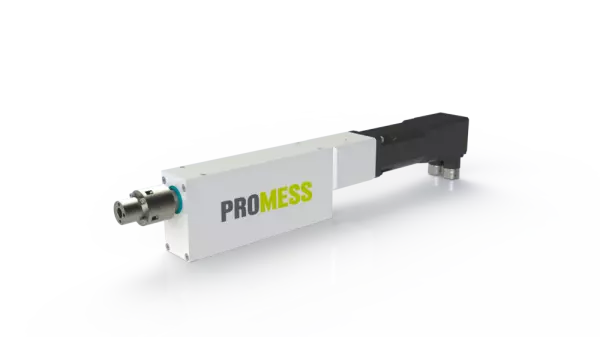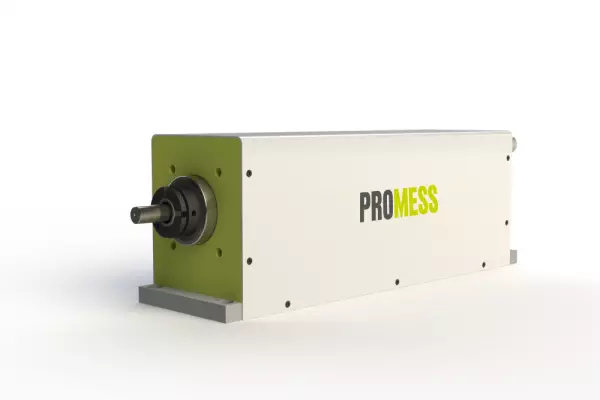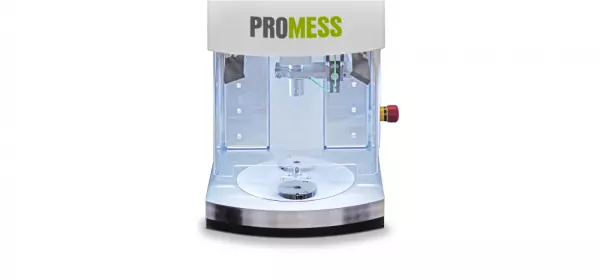
Our universal Precision5 joining modules are designed for tasks that require small forces and maximu...
Portal and digital medical technology fair of the largest MedTech cluster in Germany

Our universal Precision5 joining modules are designed for tasks that require small forces and maximu...

The universal torque modules UDM5 are an integrated solution of drive and precise torque measurement...

Manual Workstation UFM-C-Compact
plug and play For the processing of small to medium-sized series, or for testing and checking mater...

Manual workstations are used in production lines where batch size is small. These machines have a variety of variants, and can also simulate assembly tasks. These workstations can be integrated into a standard production line and fully automated cells, making them an ideal solution for manufacturing customised versions. A manual workstation is equipped with LED strips, infrared laser scanner, and beamer for spotting defects. It is equipped with a 2D Lidar infrared sensor with a detection range of up to 10 m. The sensor detects an object and indicates its angle and distance.
PIA Automation Amberg is an international group of companies that develops technologically advanced and economical automation solutions. PIA Automation Amberg is recognised as a benchmark for specific assembly tasks in the medical industry. The company offers manual workstations, proof-of-principle systems, semiautomatic production lines, and fully automated systems. PIA Automation Amberg's in-house know-how and extensive application capabilities enable it to offer a fast time-to-market and a high level of standardisation.
PIA Automation Amberg provides customers with economically efficient and technically complex automation solutions. Their Amberg location is recognized as a global benchmark for medical assembly tasks. PIA Automation Amberg supports customers with manual workstations, proof-of-concept and semiautomatic production lines, as well as fully automated serial production lines. Its proven in-house know-how has been proven over the years, and PIA Automation Amberg is a leading supplier for a wide range of applications.
Despite their complexity, manual assembly workstations can be very effective when properly designed. By incorporating an intelligent methodology and a smart system, the design of these workstations can be more efficient and ergonomic. The company plans to improve other products in the future, and the modular concept of its modular units allows for flexible and economical planning for future workstations. It also enables users to adjust tasks based on the operator's posture and activity.
The design of manual assembly workstations is an interactive process and requires intelligent methodology and systems. A neuro-fuzzy hybrid approach is a useful tool for designing and creating intelligent systems. The fuzzy neural network can predict the range of motions of anatomical joints and make a workstation more efficient. The integrated design method also allows for flexible adjustments in tasks and ergonomically appropriate workstations. For example, it will also allow the user to adjust the height and angle of a product.
Another type of manual workstation is the rotary model. These units are highly efficient and flexible. Their ergonomics features will improve the efficiency and safety of the operation. They can be used for a variety of tasks. Some of them are used for a single-part production while others will be used for small batches. The rotary units allow workers to change product heights manually. These systems are designed to facilitate the operations of fitters in various industries.
Become a digital exhibitor yourself in the online portal of the largest and best-known MedTech cluster region in Germany and inform the world of medical technology about your products and services as well as about news, events and career opportunities.
With an attractive online profile, we will help you to present yourself professionally on our portal as well as on Google and on social media.